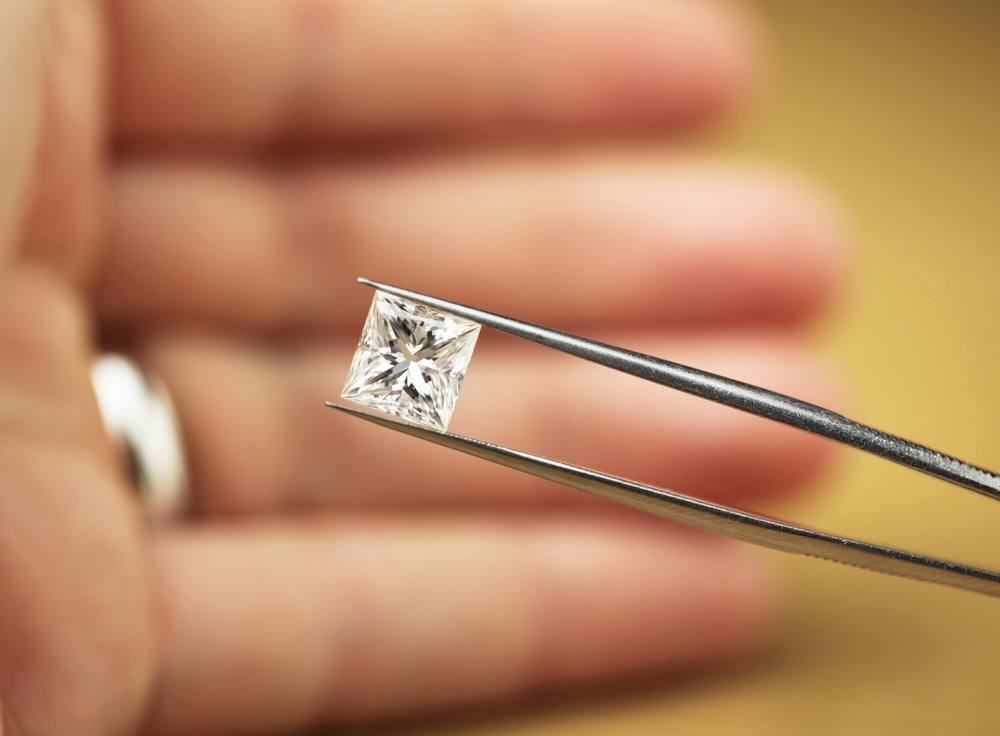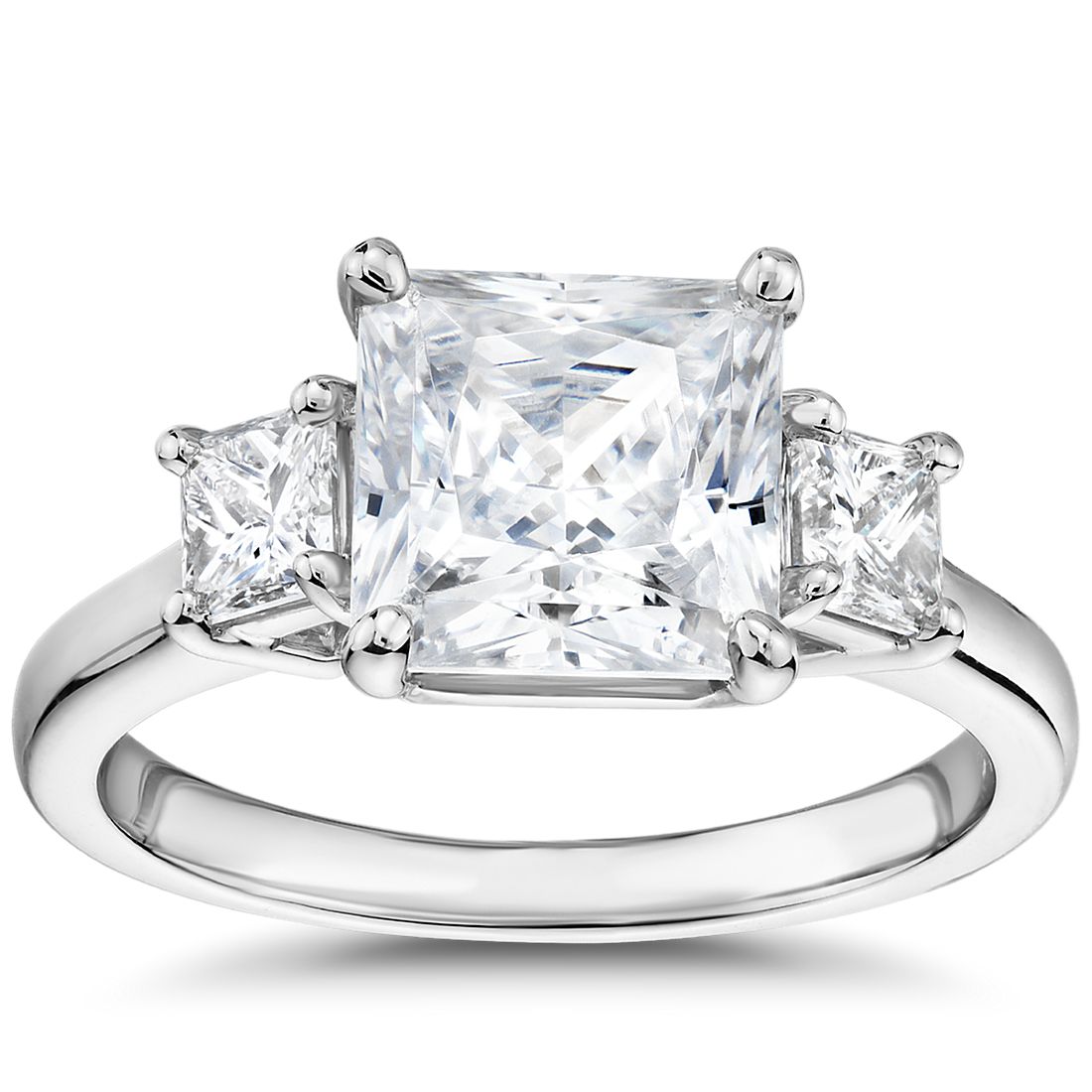Welcome back to the Diamonds Hatton Garden blog where we share the latest developments and insights from our Hatton Garden jewellers. In today’s blog we continue our on-going series examining diamond shapes with the Princess cut. The Princess diamond shape’s history can be traced back over 6 centuries and, as the name suggests, has its origins firmly rooted in royalty. This timeless and versatile shape with its clean, straight edges is the perfect centrestone for a vintage or classic diamond engagement ring and lends itself extremely well to diamond earrings and can be used in diamond tennis bracelets.
What is a “Diamond Shape?
Diamond shape refers to the geometric appearance of a diamond. Diamond shapes are categorised into two groups: round diamonds and fancy shape diamonds. Round diamonds, also known as round brilliant cuts, are the most popular diamond shape. Fancy shape diamonds refer to any diamond that is not a round brilliant.
The History of the Princess Cut
Like with many diamond shapes, the Princess cut has evolved and been adapted over the centuries to the modern shape that we know today. As the name suggests, the princess cut has an illustrious history that is associated with royalty and its origins can be found in the 14th century. The table cut, one of the earliest of all diamond cuts, forms the basis for the Princess cut. The square shape, being easier to shape than more complex designs, was popular as diamond cutters at the time lacked the modern equipment and understanding of diamonds to be able to produce more complicated shapes. For centuries this primitive square cut was favored, and by the early 20th century it became referred to as the French Cut diamond. It wasn’t until the 1960’s that the term Princess cut was applied to this most historic of shapes incorporating a number of square cuts including the Quadrillon cut and the Barion Cut.

What are the proportions of a Princess Cut Diamond?
A Princess Cut diamond usually has 57 facets – 21 on the crown, 4 on the girdle, and 33 on the pavilion, although Princess Cut diamonds with only 25 facets on the pavilion are also common. With its square and elegant shape the style makes for the perfect princess cut diamond engagement ring.
Due to its design, the Princess Cut requires more of the carat weight to be directed towards the base of the stone to maximize brilliance, which means a Princess Cut stone will appear smaller than a Round Brilliant of the same carat weight. Despite this, a Princess Cut diamond retains approximately 80% of the original rough diamond crystal compared to the Round Brilliant’s 50%, so Princess Cut diamonds are usually better value weight for weight.
Unlike other square styles (Emerald and Radiant) the Princess Cut does not have clipped corners. If choosing a Princess Cut diamond engagement ring, bear in mind the sharp corners are a point of weakness and can be easily chipped so ensure they’re protected by the setting.

Why choose a Princess Cut?
Whether a fancy coloured diamond or a, more commonly as a white diamond, the Princess cut is a gorgeous and classic shape that, in particular, looks beautiful in earrings, set in a tennis bracelet and, of course, in a diamond ring. Perfect for those looking for more of a classic and vintage feel, the design is a beautiful shape that works particularly well in a halo setting.
With over 50 years experience within jewellery, Diamonds Hatton Garden can help you find the princess cut diamond engagement ring of your dreams. Book your personal appointment today via info@diamondshg.co.uk or on +44 7951 060238.


